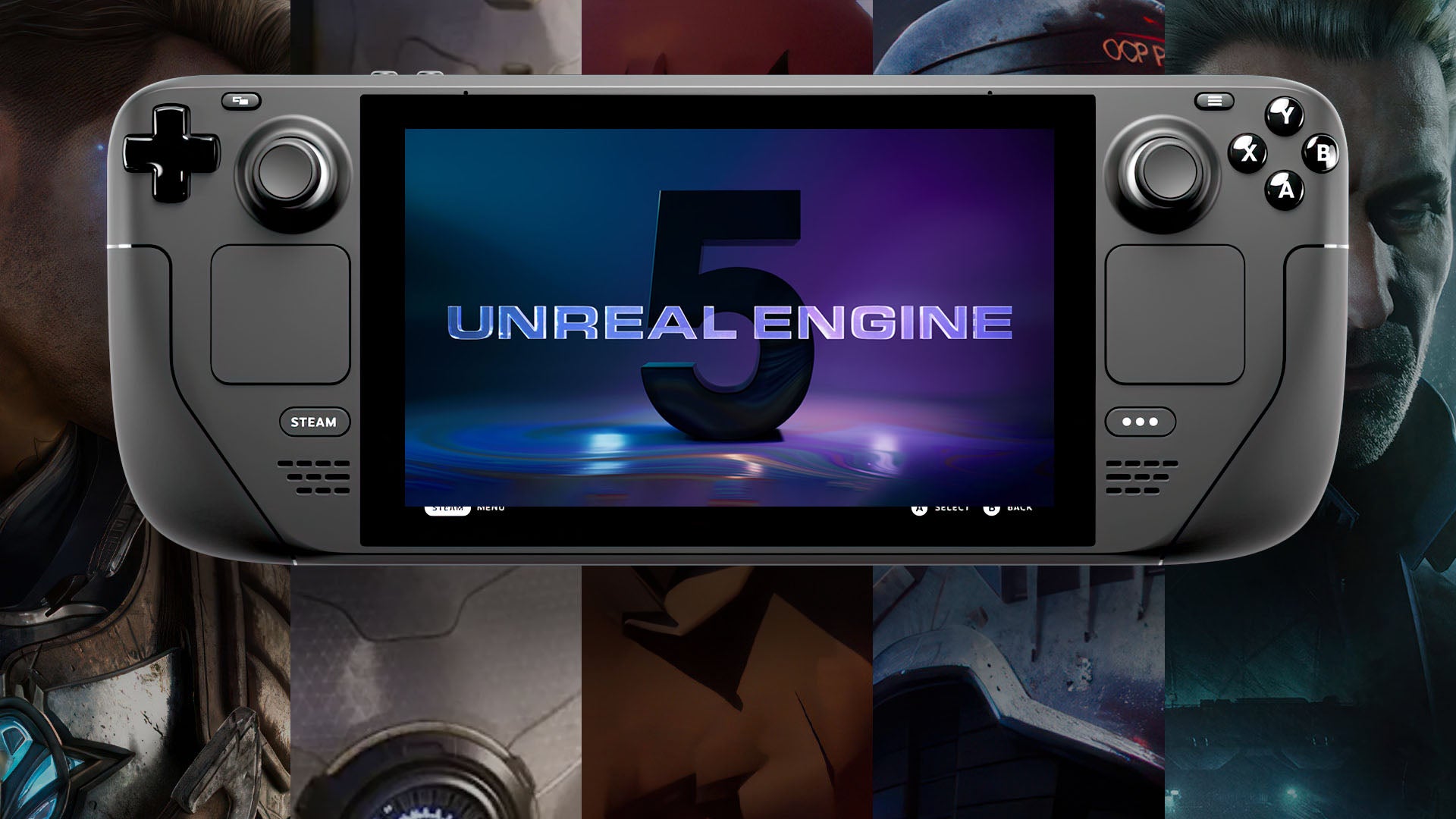Epic’s Unreal Engine 5 is swiftly becoming the engine of choice for current generation gaming. It’s not hard to see why: it combines ease of use and flexibility with some of the most advanced rendering tech in the industry, especially with its Lumen and Nanite systems. At the same time, that sophistication poses a challenge for lower-power platforms, which often aren’t the target for Unreal Engine 5 projects – and that extends to Valve’s Steam Deck.
The Linux-powered portable powerhouse is capable of some impressive feats, but more advanced titles often don’t scale well to the system. So is Unreal Engine 5 a bridge too far for the diminutive handheld or does Epic’s boundary-pushing tech scale down better than you might expect?
As of early 2024, we have a nice variety of early UE5 software to take a look at – mostly lower-budget efforts, but with some very attractive entries as well. Some of these games were even included in our best graphics of the year discussion back a few weeks ago, with some seriously impressive visuals on display. But are they ‘too big’ for Steam Deck? In our tests, we wanted to keep the games’ visual character intact, while still aiming for 30fps or better performance levels.
RoboCop: Rogue City is probably the flag-bearer of the current UE5 third party titles, with outstanding lighting and a keen use of key UE5 features. Settings-wise, I settled on the medium preset, with TSR at 50 percent resolution scale with a 720p output resolution. TSR – or temporal super resolution – actually does a pretty decent job here at cleaning up the image and keeping it presentable, especially on the internal display. We’ve compared TSR vs FSR 2 in this game in the past, but suffice to say that Epic’s homegrown upscaling technology turns in much better results here.
